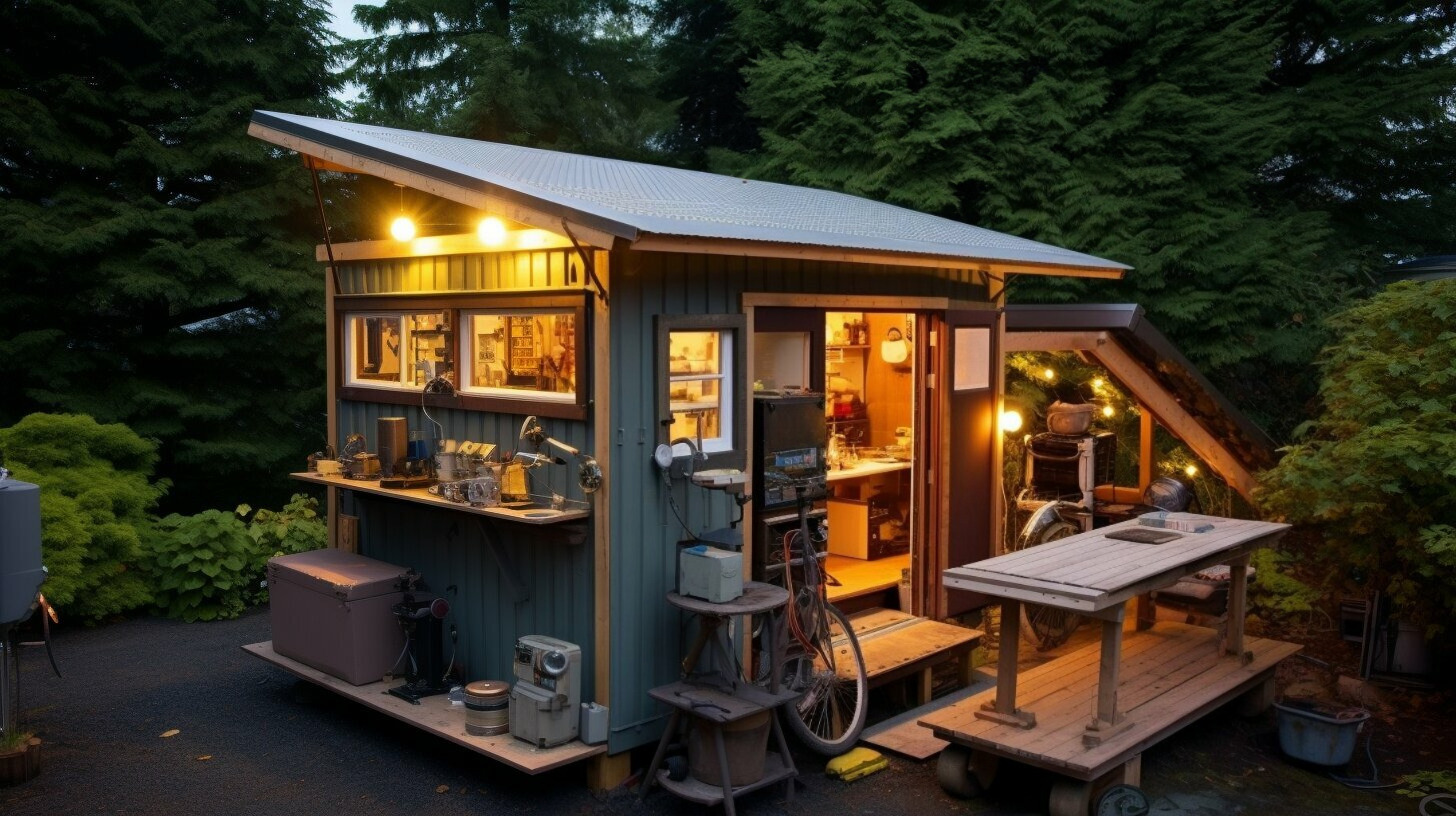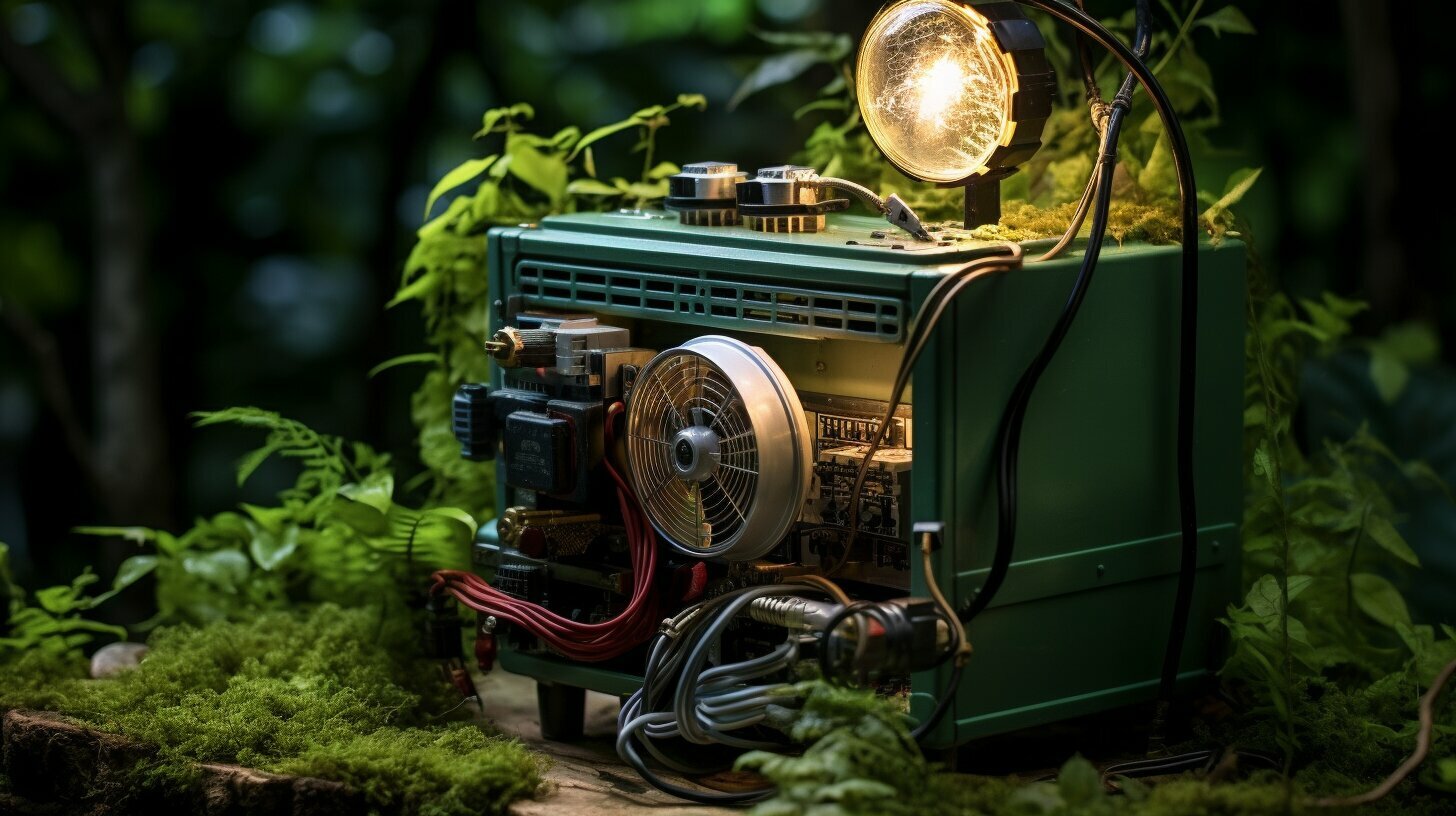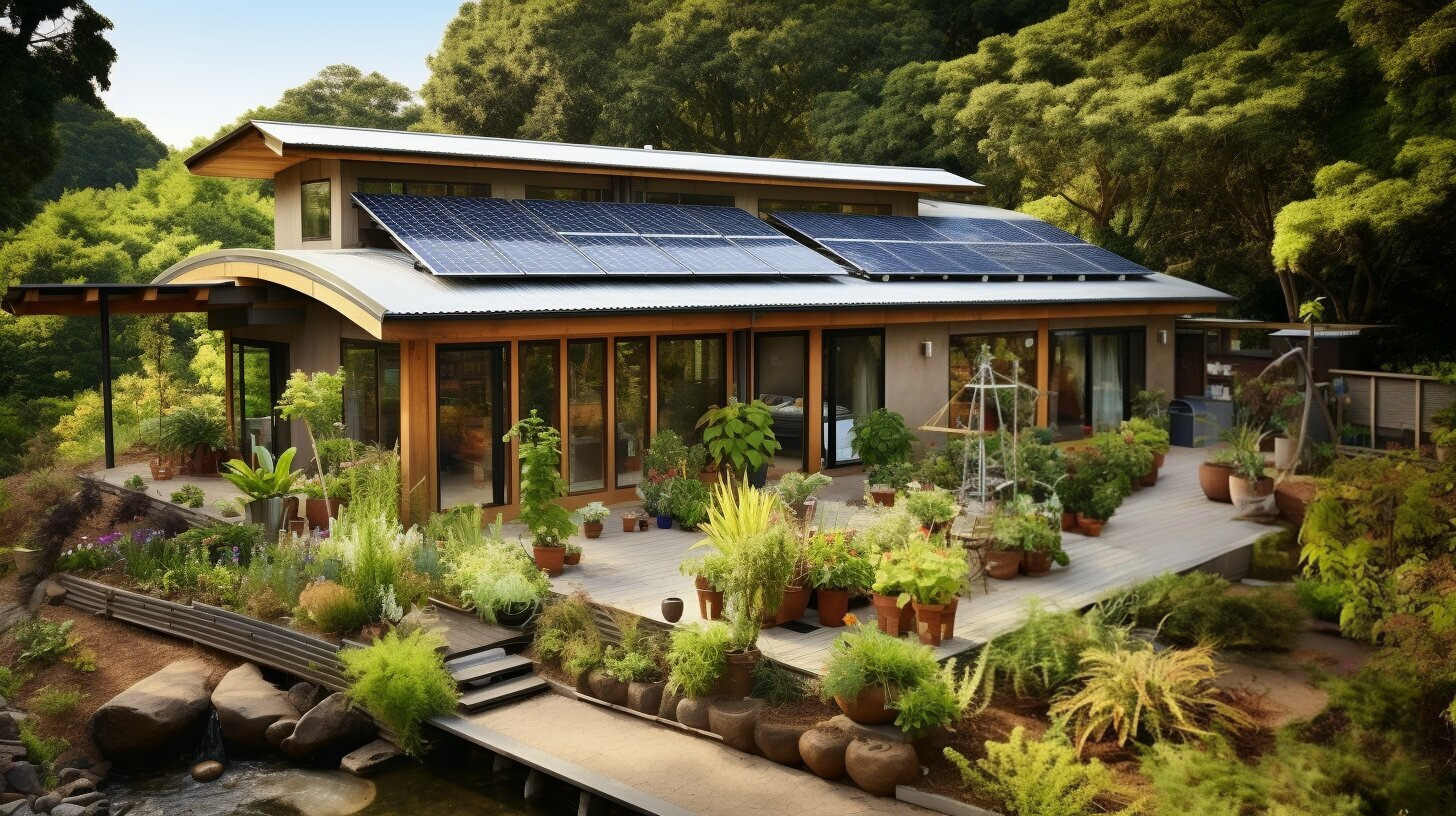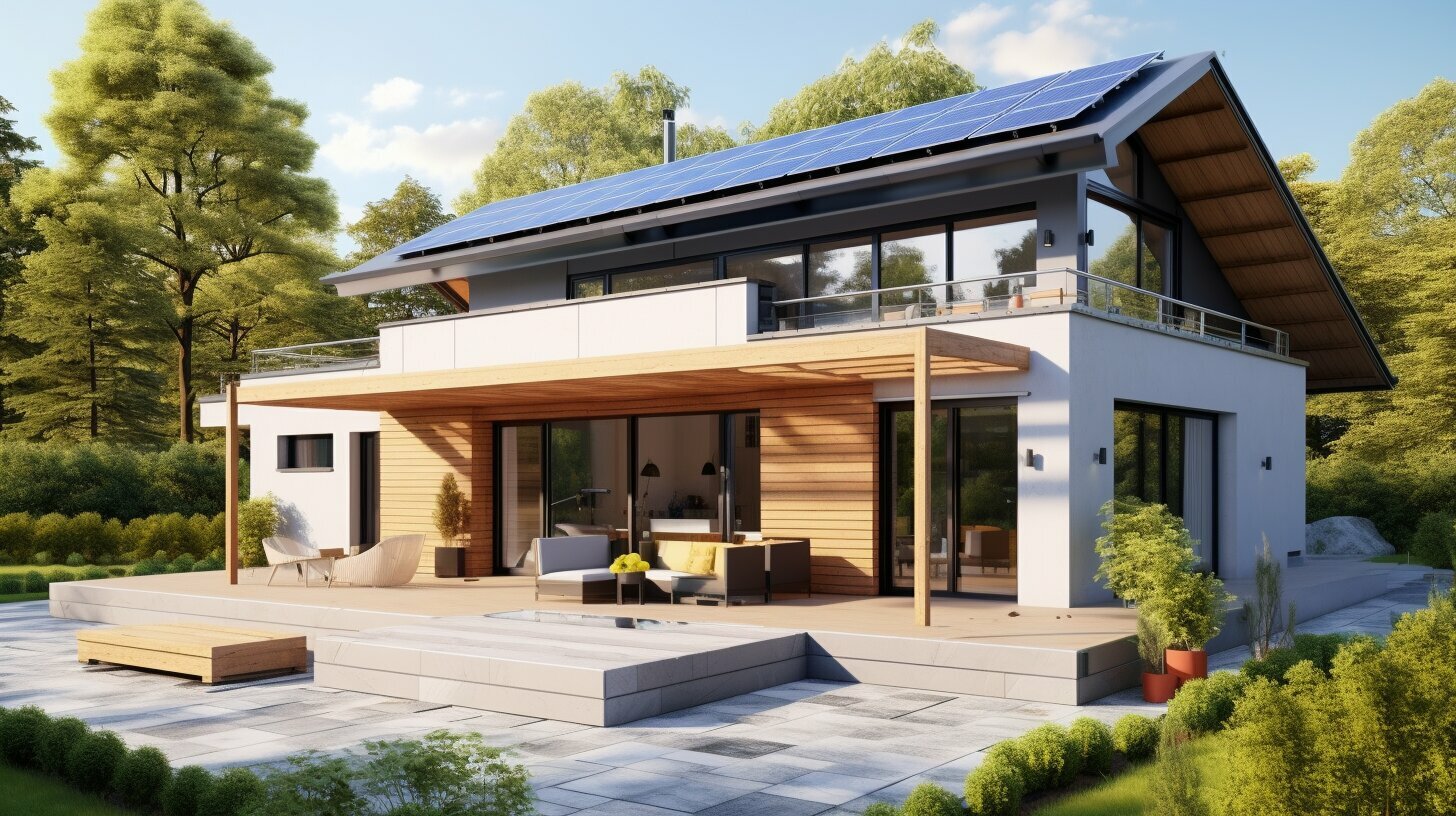Welcome to the world of homemade power generators, where you can harness your own energy and become more self-sufficient and environmentally conscious. Building a homemade power generator may seem daunting at first, but with the right knowledge and tools, you can create a reliable and sustainable energy source for your home. In this guide, we will explore the fundamentals of homemade power generators, and provide step-by-step instructions on how to construct and maintain your own DIY energy solution.
- Homemade power generators can provide a sustainable and independent energy source
- Understanding the fundamentals of homemade power generators is crucial before embarking on a DIY energy journey
- Assessing your energy needs and selecting the appropriate components are key steps in building a homemade generator
- Safety and compliance must be prioritized throughout the installation and operation of a homemade power generator
- Maintaining and troubleshooting your homemade generator can ensure longevity and reliability
Understanding Homemade Power Generators
Before delving into making your own homemade power generator, it’s essential to have a good grasp of the fundamentals. Homemade power generators are devices that generate electricity from renewable and alternative sources, allowing you to reduce your environmental footprint while saving money on your energy bills. The most common types of homemade power generators include solar, wind, and hydro generators.
Disclosure: When you buy through links on our site, we may earn an affiliate commission.
Solar generators convert sunlight into electricity using photovoltaic (PV) panels. These panels, typically mounted on rooftops, absorb sunlight and convert it into direct current (DC) electricity. An inverter then converts the DC electricity into alternating current (AC) electricity, which can be used to power household appliances and devices.
Wind generators harness wind energy and convert it into electricity. The blade of the wind turbine rotates when wind blows across it, generating kinetic energy. This energy is then converted into electrical energy through a generator, which can also be used to power appliances and devices.
Hydro generators use the power of water flowing through a turbine to generate electricity. These generators are typically used near water sources such as rivers and streams, where the flowing water can be harnessed to generate electricity.
Regardless of the type of generator you choose to build, the primary principle remains the same: converting alternative sources of energy into electricity.
Assess Your Energy Needs
By building your own homemade power generator, you can reduce your reliance on traditional power grids and tap into the abundance of renewable energy sources available. With the right knowledge, equipment, and materials, you can construct your own generator and enjoy the benefits of renewable and sustainable energy.
Before you start building your homemade power generator, you need to assess your energy requirements. Your energy needs will dictate the capacity of your generator, ensuring it can fulfill your household’s electricity demands effectively.
To assess your energy needs, start by tracking your energy consumption over a month. Note down the number of kilowatt-hours (kWh) you use during that period. You can find this information on your utility bill.
| Appliance | Number of Hours Used per Day | Wattage | Daily Energy Consumption (kWh) |
|---|---|---|---|
| Refrigerator | 24 | 120 | 2.88 |
| Laptop | 5 | 60 | 0.3 |
| Television | 3 | 150 | 1.35 |
| Washing Machine | 1 | 500 | 0.5 |
| Air Conditioner | 8 | 800 | 6.4 |
Once you have a record of your energy consumption, you can determine the overall energy demand of your household. You can use this information to select the appropriate capacity for your homemade generator.
It’s worth noting that your energy consumption may vary depending on seasonal factors, such as the use of air conditioning during summer months. Ensure you account for these variations when assessing your energy needs.
With a clear understanding of your energy consumption, you can move on to the next step of your homemade generator journey.
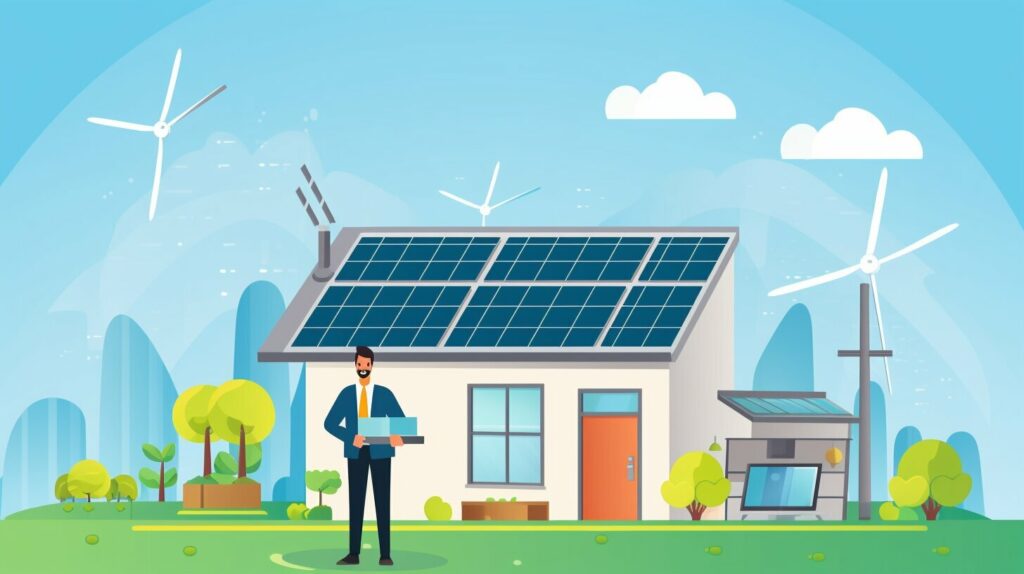
Selecting the Right Components
Now that you have a solid understanding of homemade power generators and assessed your energy needs, it’s time to explore the components necessary for building your renewable energy system.
The components you select will depend on the type of generator you want to build and your energy demands. For instance, if you plan to build a solar generator, you’ll need solar panels, batteries, and an inverter. Wind and hydro generators require different components.
When sourcing components, it’s important to consider factors such as efficiency, reliability, and cost. Opting for high-quality components may require a higher upfront investment, but it will ultimately pay off in the long run as your homemade generator will perform better and last longer.
For solar generators, high-quality solar panels are essential. Look for panels with a high wattage and efficiency rating. For batteries, choose deep cycle batteries that are designed for renewable energy systems. Inverters should be capable of converting DC power to AC power with minimum power loss.
Besides these essential components, you may also need mounting brackets, charge controllers, and circuit breakers, depending on the type and complexity of your generator. Consider purchasing a pre-built kit from a reputable supplier, especially if this is your first time building a homemade generator.
Keep in mind that your homemade generator will require regular maintenance and occasional repairs. Choose components that are easily replaceable and repairable, and ensure that you have spare parts on hand.
Building a homemade generator is an exciting and rewarding process. With careful planning and selection of components, you can create a reliable and efficient renewable energy system that provides off-grid power for your home.
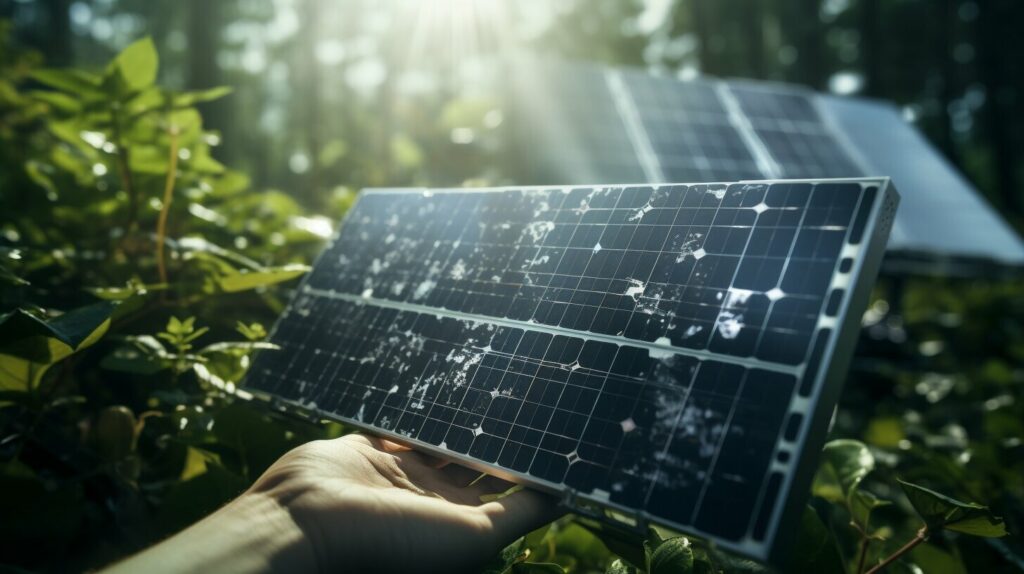
Building Your Power Generator
Now that you have assessed your energy needs and selected the necessary components, it’s time to roll up your sleeves and build your homemade power generator. Follow these step-by-step instructions to construct your DIY energy solution:
- Assemble the components: First, gather all the necessary components, such as solar panels, wind turbines, batteries, and inverters, and prepare them for assembly. Make sure you have all the required tools and equipment before starting.
- Connect the electrical system: Next, connect the electrical system, making sure to follow proper safety procedures. If you are unsure about electrical connections, consider consulting with a professional electrician.
- Test the system: After connecting the components, test the system to ensure it’s working correctly. This step is crucial to identify any issues and address them before relying on your homemade power generator for daily use.
While building your homemade power generator can be a fun and rewarding project, it’s important to prioritize safety and follow proper procedures to avoid accidents or damage to your system. Make sure to refer to the equipment’s user manual and follow all instructions carefully.
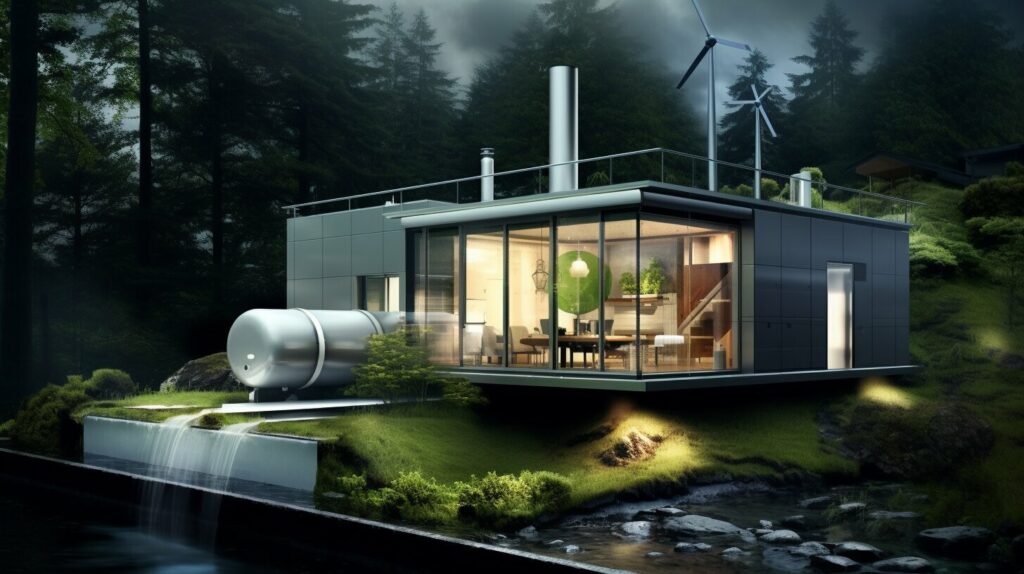
By following these steps, you can create a reliable and sustainable energy source that will reduce your environmental footprint and lower your energy bills. Enjoy the freedom and self-sufficiency that comes with your DIY energy solution.
Safety Considerations and Compliance
When dealing with homemade power generators, safety should always be a primary concern. Not only are you dealing with electrical currents and potentially hazardous materials, but you are also responsible for ensuring that your generator complies with all relevant regulations. Failure to adhere to these regulations could result in damage to your property, harm to yourself or others, or even legal consequences.
One of the most important considerations is ensuring that your homemade power generator is properly grounded. This means that you have connected a wire from your generator to a metal rod buried in the ground, allowing any excess electrical current to safely dissipate. Without proper grounding, you risk electrocution, fire, or damage to your electrical devices.
Another key consideration is complying with local electrical codes and regulations. These can vary by state or county, and failing to follow them could result in fines or other penalties. It is important to research the specific regulations in your area before starting your homemade power generator project.
Finally, always take precautions when working with potentially hazardous materials such as batteries or solar panels. Wear appropriate safety gear, such as gloves and eye protection, and take care not to expose yourself or others to harmful chemicals or components.
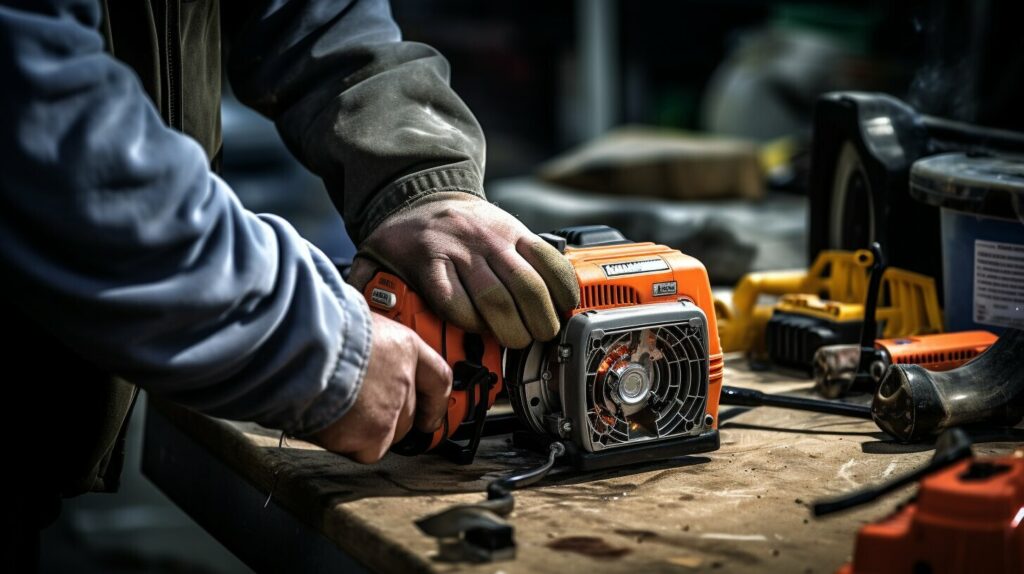
Power Generator Optimization
Once your homemade power generator is up and running, there are several ways to optimize its efficiency and improve its output. By following these simple tips, you can ensure that your sustainable energy system is operating at its full potential.
Positioning Your Generator for Success
The location of your homemade power generator can significantly impact its performance. To maximize its energy output, place your generator in an area with optimal sun exposure or wind flow. This can be achieved by using a solar tracker or wind turbine tower to position your system at the perfect angle for energy absorption.
Additionally, ensure that your generator is free of obstructions, such as trees or buildings, that could block wind or sunlight. By keeping your generator unobstructed, you can maximize its energy absorption potential.
Increasing Energy Storage Capabilities
Your homemade power generator’s energy storage capabilities are an essential component of its efficiency. By increasing the capacity of your generator’s batteries, you can store more energy and reduce reliance on external power sources.
One way to increase your generator’s energy storage capacity is to add more batteries to your system. Another option is to use high-capacity lithium-ion batteries, which are more efficient and longer-lasting than traditional lead-acid batteries.
Reducing Energy Consumption
Reducing energy consumption in your household is another effective way of optimizing your homemade power generator’s performance. Simple changes like switching to LED light bulbs, installing energy-efficient appliances, and unplugging electronics when not in use can significantly reduce your overall energy consumption.
Additionally, tracking your energy usage through a smart monitoring system can help you identify areas where energy consumption can be further reduced, allowing you to get the most out of your homemade power generator.
By implementing these measures, you can maximize the efficiency and output of your homemade power generator, reducing your reliance on external power sources and increasing your self-sufficiency.

Maintaining and Troubleshooting Your Generator
Regular maintenance is crucial to ensure the longevity and reliability of your homemade power generator. By taking care of your system, you can enjoy uninterrupted power supply for years to come. Here are some maintenance tips to keep your homemade generator running smoothly:
- Clean your solar panels: Dirt and debris can accumulate on your solar panels, reducing their efficiency. Clean them regularly with a soft cloth and a gentle detergent solution.
- Monitor battery levels: Keep an eye on your battery levels to ensure they don’t drop too low, which can damage the cells. Charge your batteries regularly, and replace them if necessary.
If you encounter any issues with your homemade generator, there are several troubleshooting techniques you can try:
- Check the wiring: Ensure that all components are properly connected and that there are no loose wires or damaged cables.
- Test the battery: If your battery is not holding a charge, it may need to be replaced. Use a voltmeter to check the battery’s voltage level.
Remember to prioritize safety when maintaining or troubleshooting your homemade power generator. Always disconnect the system before making any repairs or modifications, and consult a professional if you are unsure.
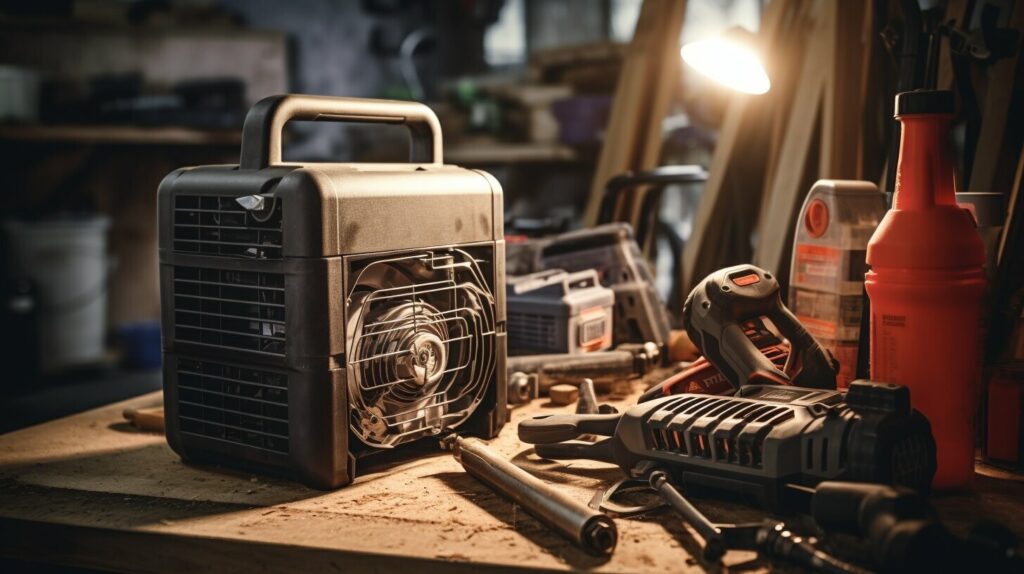
Off-Grid Living with Homemade Power
Are you looking to take your self-sufficiency to the next level? Homemade power generators offer a fantastic gateway to off-grid living, empowering you to live independently and reduce your environmental impact. By becoming less reliant on the traditional power grid, you can forge a path toward a more sustainable future.
There are numerous advantages to off-grid living with homemade power generators. Firstly, you have complete control over your energy usage, meaning you can tailor your power consumption to meet your exact needs. Additionally, you can reduce your reliance on fossil fuels and cut your energy costs, saving money in the long run.
If you’re considering off-grid living, it’s essential to evaluate your energy requirements carefully. By fully understanding your energy needs, you can design a homemade power generator that meets your specific requirements. Additionally, investing in energy-efficient appliances and devices can help reduce your overall energy consumption and improve the efficiency of your homemade generator.
When living off-grid, it’s vital to ensure that your homemade generator is reliable and efficient. This involves regular maintenance and troubleshooting to ensure that your system operates effectively year-round. By following best practices and taking care of your homemade generator, you can enjoy a consistent and uninterrupted power supply.
Off-grid living with homemade power generators offers limitless possibilities for sustainable living. Not only can you reduce your reliance on the traditional power grid, but you can also become more self-sufficient and environmentally conscious. With a little determination and know-how, you can successfully embark on your off-grid journey and realize the benefits of DIY alternative energy.
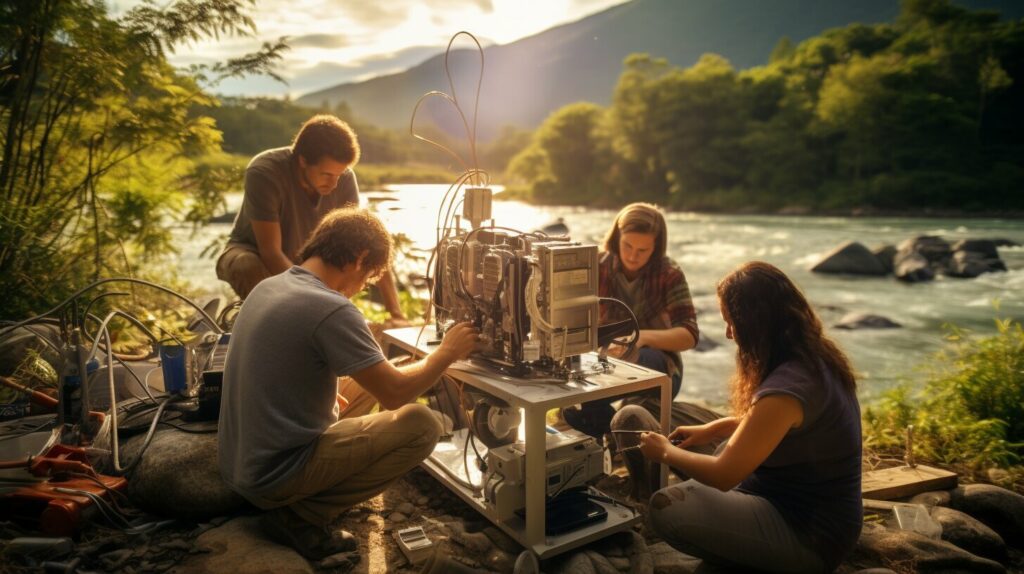
Conclusion
By now, you’ve gained significant knowledge on building homemade renewable energy systems tailored to your energy needs. With this newfound understanding, you have the power to reduce your environmental footprint while becoming more self-sufficient and resilient.
Optimizing Your Homemade Power Generator
As a final tip, remember to incorporate efficiency and optimization techniques to maximize your homemade generator’s output. By implementing measures such as energy storage, usage monitoring, and system maintenance, you can ensure your generator operates optimally and with minimal downtime.
At the same time, keep safety considerations in mind by adhering to electrical regulations and taking the necessary precautions during installation and operation. Continuously monitor and maintain your DIY energy system to prevent and address any issues promptly.
Embrace Off-Grid Living with Homemade Power
Homemade power generators offer a pathway to off-grid living, which comes with its own challenges and benefits. By going off-grid, you can disconnect from traditional power grids and become self-reliant, reducing your energy expenses while minimizing your environmental impact.
However, it’s important to approach off-grid living with a well-founded understanding of your energy needs and system capacity. By doing so, you can effectively manage your energy consumption and take advantage of backup systems in case of emergencies or power outages.
Thank you for taking the time to read this comprehensive guide to homemade power generators. We hope it has provided you with the necessary insights and tools to embark on your DIY energy journey successfully. Let’s work together to build a more sustainable, self-sufficient, and resilient future for all.
FAQ
Q: What are homemade power generators?
A: Homemade power generators are DIY energy solutions that allow you to generate your own electricity using renewable energy sources such as solar, wind, or hydro power. These generators offer an alternative to traditional power sources and can help you become more self-sufficient and environmentally conscious.
Q: How do homemade power generators work?
A: Homemade power generators work by harnessing natural energy sources like the sun, wind, or flowing water and converting them into electricity. Solar panels capture sunlight, wind turbines rotate with the wind to generate power, and hydro generators use flowing water to spin a turbine and produce electricity.
Q: What types of homemade power generators are there?
A: There are various types of homemade power generators, including solar generators, wind generators, and hydro generators. Solar generators use solar panels to convert sunlight into electricity. Wind generators utilize wind turbines to capture wind energy and generate power. Hydro generators use flowing water to spin a turbine and produce electricity.
Q: How do I assess my energy needs for a homemade power generator?
A: To assess your energy needs for a homemade power generator, you should evaluate your household’s electricity consumption. Consider factors such as the number of appliances, lighting requirements, and any special energy needs. This evaluation will help you determine the capacity and size of the homemade generator you will need.
Q: What components do I need for a homemade power generator?
A: Building a homemade power generator requires specific components. You will need solar panels or wind turbines to capture energy, batteries to store the generated electricity, and inverters to convert the electricity into usable AC power. Additionally, electrical wiring and safety equipment are crucial for a properly functioning homemade generator.
Q: How can I source reliable components for my homemade power generator?
A: When sourcing components for your homemade power generator, it’s essential to choose reliable and high-quality products. Look for reputable suppliers that specialize in renewable energy components. Research customer reviews, warranties, and certifications to ensure you are purchasing components that will perform well and last for a long time.
Q: What is the process of building a homemade power generator?
A: Building a homemade power generator involves a step-by-step process. First, you need to gather the necessary components. Next, you need to assemble the generator, connect the electrical system, and install any safety equipment. Detailed instructions and diagrams are available in our guide to help you successfully build your homemade power generator.
Q: What safety considerations should I be aware of when working with homemade power generators?
A: Safety is crucial when working with homemade power generators. Follow all electrical regulations and guidelines to ensure a safe installation and operation of your generator. Always wear appropriate safety equipment, such as gloves and goggles, and take precautions to prevent electrical shocks and fires. It’s also important to regularly inspect and maintain your generator to keep it in safe working condition.
Q: How can I optimize the efficiency of my homemade power generator?
A: To maximize the efficiency of your homemade power generator, you can employ various strategies. These include optimizing the positioning and orientation of solar panels or wind turbines for maximum energy capture, implementing energy-saving practices in your household, and properly maintaining and cleaning your generator system.
Q: How do I maintain and troubleshoot my homemade power generator?
A: Regular maintenance is essential for the proper functioning of your homemade power generator. This includes cleaning solar panels, checking connections and wiring, and monitoring battery health. If you encounter any issues, our troubleshooting guide provides step-by-step instructions to help you identify and resolve common problems.
Q: What are the advantages of off-grid living with a homemade power generator?
A: Off-grid living with a homemade power generator offers numerous benefits. It allows you to become more self-sufficient, reduce reliance on traditional power grids, and save money on utility bills. Additionally, off-grid living provides greater resilience during power outages or emergencies, as you have your own independent power source.

